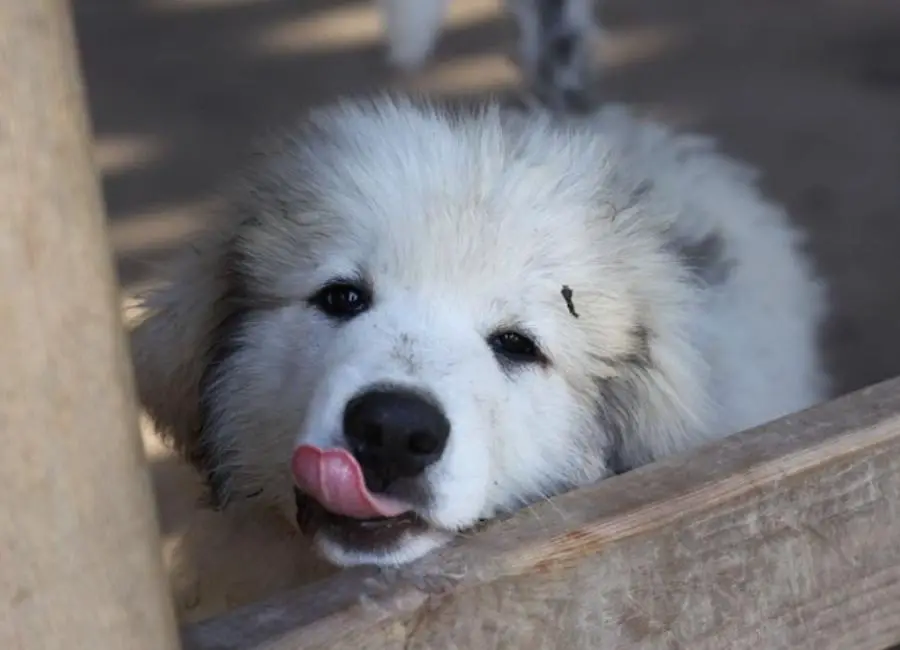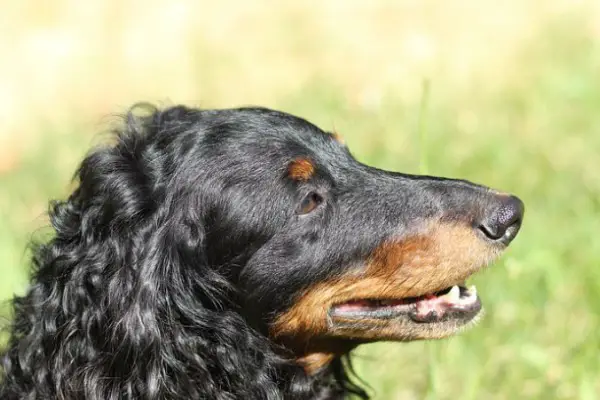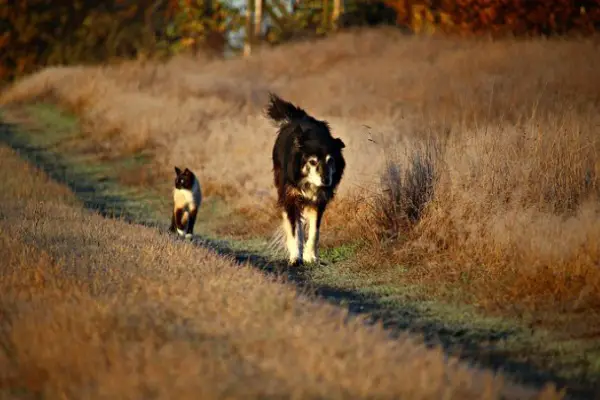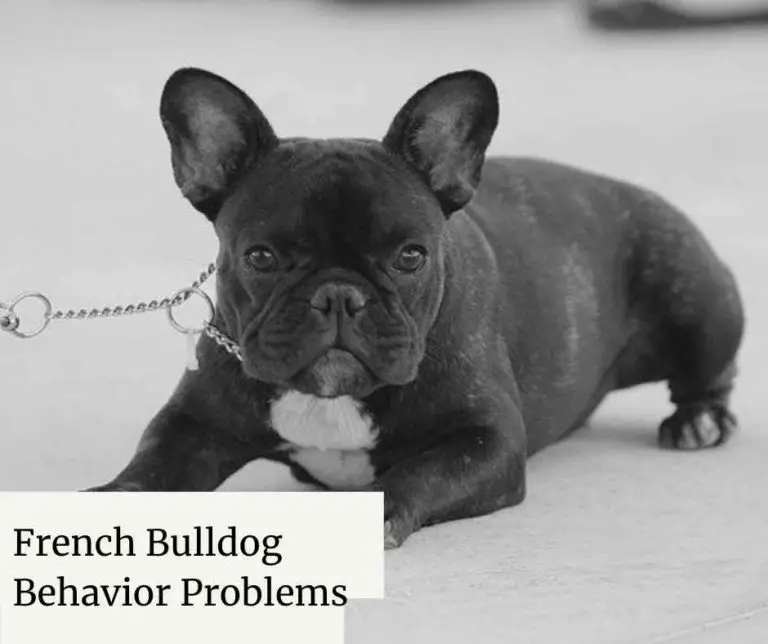9 Tips For Crate Training Great Pyrenees

Do you have a Great Pyrenees? Are you struggling with destructive behavior or find that your pup is too independent to train?
Crate training might just be the answer to your problems.
Great Pyrenees make wonderful pets, but their large size and stubborn personalities can make them a challenge to train.
In this blog post, we’ll explore the benefits of crate training for Great Pyrenees and share tips on how to get started.
Crate Training Great Pyrenees
Crate training your Great Pyrenees can provide them with a safe and cozy space to rest, and it can be helpful in house training and preventing destructive behaviors when the owners are not at home.
The training process involves gradually introducing the dog to the crate, making it a positive and comfortable experience, and gradually increasing the time spent in the crate.
Benefits of Crate Training Great Pyrenees
Crate training can provide many benefits for Great Pyrenees dogs as follows:
- Potty training: Crate training can help with potty training by teaching the dog to hold its bladder and bowels until they are taken outside.
- Reduced anxiety and stress: Great Pyrenees dogs can suffer from separation anxiety or stress when left alone. A crate can provide a safe and secure den for the dog to retreat to when they feel anxious or stressed.
- Limiting destructive behavior: Dogs that are left alone and unsupervised may chew furniture, shoes, or anything within reach. A crate can limit access and prevent destructive behavior.
- Transportation: A crate-trained dog is usually more comfortable during car rides and air travel, as the crate provides a familiar and safe space.
- Rest and sleep: Great Pyrenees dogs need a lot of rest and sleep. A crate can provide a quiet and cozy place for the dog to nap or sleep.
- Protection: A crate can protect Great Pyrenees dogs from other pets, especially during mealtime.
- Easier veterinary visits: A crate-trained dog is more comfortable during veterinary visits, as they are accustomed to being confined in a crate.
- Time management: Crate training enables owners to better manage their time and schedule, as they can crate the dog while running errands.
- Family harmony: Great Pyrenees dogs that are crate-trained are less likely to disturb family members during sleep, mealtime, or other activities.
Step-by-Step Guide to Crate Training Your Great Pyrenees
Here is the step-by-step guide to crate training your Great Pyrenees:
1. Choose the right crate
Choosing the appropriate crate for your Great Pyrenees is the first step in crate training them.
Your dog should be able to stand, turn around, and lie down comfortably inside the crate.
It shouldn’t be so large, though, that your dog can use a corner as a potty area.
Also, the material should be strong enough to withstand gnawing and scratching by your dog.
Wire containers and plastic crates with metal doors are other viable alternatives.
2. Introduce Your Great Pyrenees to the Crate
It’s time to expose your Great Pyrenees to the crate after you’ve selected the ideal one. The crate should be placed so that your dog can see it.
Leave the crate’s door open and fill it with a cozy blanket or bed. Give your dog space to investigate and get at ease in the crate.
By putting food or toys inside the crate, you may entice your dog to go inside.
To encourage your dog to approach the crate, you may also throw some treats close by.
3. Start crate training
You may begin crate training your dog after they feel secure going in and coming out of it.
After your dog is inside the crate, start by briefly closing the door. After that, lengthen the duration the door is closed progressively.
Start leaving the room for brief intervals as your dog grows more accustomed to being in the crate with the door closed.
Extend your absences for longer periods of time, gradually.
4. Gradually Increase Crate Time
Start extending the time your Great Pyrenees spends inside the crate if they are familiar with it.
Start by closing the door while you are still in the same room for a few minutes.
Increase the amount of time your dog spends in the crate gradually. Do not rush the procedure; instead, be patient.
5. Make the crate a positive experience
It’s crucial to provide your Great Pyrenees with a pleasant experience inside the box.
When crate training a dog, always offer praise and never use the crate as a form of punishment.
To keep your dog entertained within the crate, make sure there are lots of toys and treats available.
To make the crate appear cozier, you could also cover it with a towel or blanket.
6. Set a Schedule
Routine and structure are ideal for Great Pyrenees.
Plan your dog’s meals, toilet breaks, and crate time in advance.
They will learn when to enter the box and when to exit by doing this.
7. Monitor Your Great Pyrenees Behavior
See how your Great Pyrenees act when they are in the container.
Reduce the amount of time they spend in the crate if they exhibit indications of distress or anxiety, such as excessive barking, whining, or clawing.
Once they feel more at ease, gradually extend the time.
8. Use the crate for sleeping and alone time
You may start utilizing the crate for sleeping and alone time after your Great Pyrenees is at ease staying inside for extended amounts of time.
Put the crate in a house located where it is quiet and dark so that your dog may feel comfortable and secure there.
When you have to leave your dog alone in the house or for the night, utilize the crate.
When your dog is not in the crate, make sure to give them lots of attention and exercise.
9. Gradually Increase Freedom
You may start allowing your Great Pyrenees greater freedom as they become used to being in the box.
Start by allowing your dog to come and go as they choose by leaving the crate door open while you are at home.
When you leave the house for brief intervals, you can eventually start letting your dog out of the crate.
Tips for Successful Great Pyrenees Crate Training
Here are some common tips for successful crate training your Great Pyrenees:
- Introduction: Introduce the crate to your Great Pyrenees slowly and carefully. Let your dog sniff around and explore the crate before locking them inside.
- Right size and location: Choose a crate that is the right size for your Great Pyrenees. There should be enough room for them to comfortably lie down, stand up and turn around. You should also place the crate in a location where your dog can see and hear you but away from drafts.
- Positive reinforcement: Use positive reinforcement to get your Pyrenees to associate the crate with positive experiences. Give them treats, toys, and praise when they voluntarily enter the crate.
- Gradual daily use: Gradually increase the amount of time your Great Pyrenees spends in the crate each day. Start with a few minutes and then let them out and gradually increase the time over several days.
- Make it comfortable: Make the crate comfortable by providing a soft bed, blankets, or towels for your Great Pyrenees to sleep on.
- Provide entertainment: Leave some toys or bones to keep your Pyrenees entertained while they are in the crate.
- Don’t punish: Never use the crate as a place of punishment for your dog. It should be a safe and comfortable space for them.
- Monitor behavior: Monitor your dog’s behavior while they are in the crate. If they become anxious or restless, take them out and try again later.
- Consistency: Be consistent with your crate training routine. Use the same commands and positive reinforcement techniques each time you put your dog in the crate.
Related questions
Is crate training necessary for my Great Pyrenees puppy?
Crate training can be a helpful tool for potty training and building a sense of security for your puppy.
However, it’s not necessary if you have a well-potty-trained puppy or if you’re by your puppy’s side throughout the day.
How long should I crate train my Great Pyrenees puppy?
The length of time you crate-train your puppy can vary based on their age, temperament, and behavior.
Generally, puppies can be crated for a few hours at a time during the day, while adults can be crated for up to 8 hours.
Can crate training be harmful to my Great Pyrenees puppy’s mental health?
Properly crate training a puppy won’t harm their mental health. However, long periods of confinement or incorrect use of the crate, such as using it as a punishment or never letting your puppy out, can affect them psychologically.
Learn more about puppies crying in crates at night.
How can I make my Great Pyrenees puppy comfortable in their crate?
Make sure the crate is appropriately sized, provide comfortable bedding, and give familiar toys or treats.
You can also use positive reinforcement by associating the crate with positive experiences, such as feeding and playing.
Can a Great Pyrenees puppy outgrow their crate?
While the Great Pyrenees are a large breed, their growth rate is not as fast as smaller breeds.
A crate size that fits their adult size can work for a long time if the crate is an appropriate size.
Learn more about puppy pooping in a crate.
Can I train my adult Great Pyrenees to use a crate?
Yes, you can train an adult Great Pyrenees to use a crate, but it’s important to take it slow and be patient.
Use positive reinforcement and gradually increase crate duration as your dog becomes more comfortable.
It may also be helpful to enlist the services of a professional dog trainer.
Learn more about how to stop a puppy from crying in a crate.
Conclusion
In conclusion, crate training your Great Pyrenees can be a great way to keep them safe and comfortable while you’re away.
Remember to start slow, be patient, and always use positive reinforcement.

![Are Boston Terriers Easy To Train [Tips] Are Boston Terriers Easy To Train](https://petcreeks.com/wp-content/uploads/2022/11/Are-Boston-Terriers-Easy-To-Train-768x555.jpg)




